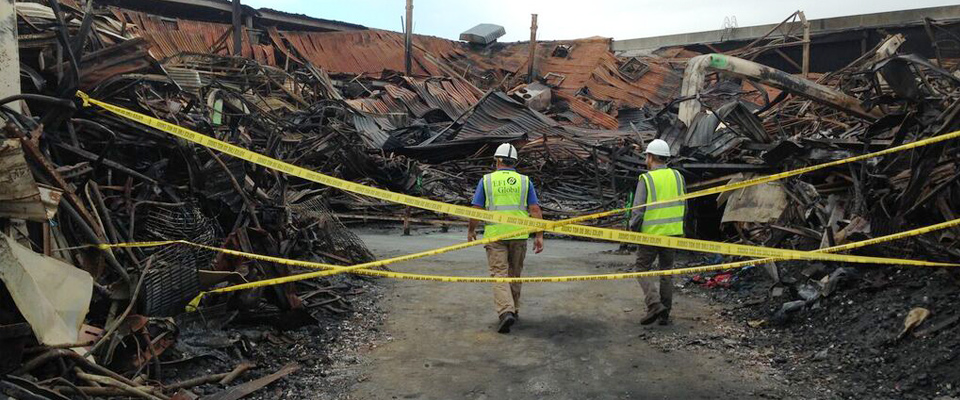Please complete this simple form and our expert will be in touch very soon.
All fields are mandatoryFire Protection Analysis
Our Forensic Fire Protection Engineers evaluate fire protection systems and features, and fire hazards.

Find an expert
Get in touch with one of our experts around the world, who will be happy to discuss your business needs.
FindOur Forensic Fire Protection Engineers evaluate fire protection systems and features, and fire hazards. For example, forensic fire protection engineers analyze sprinkler systems, commercial cooking fire suppression systems, fire detection and alarm systems, and fire barriers. Our forensic fire protection engineers are building code and fire protection experts.
Examples of the types of evaluations performed by our Fire Protection Engineers are:
Failure Analysis – Our engineers can examine a fire protection system or feature and determine if, why, and how it failed. Even in cases where the cause of a fire has been determined, there are often failures of fire protection systems and features which could have mitigated fire spread and damage. In cases where there was no fire, but a fire protection system failure resulted in damage, our engineers evaluate the system and identify the cause of the failure. These failures often point to responsible parties who can be pursued to recover losses.
Liability Inspections – EFI Global engineers can inspect buildings and facilities to confirm that building codes and associated requirements are met. Specifically, our engineers can assess installed fire suppression systems, fire detection systems, and passive fire protection systems, such as fire walls, fire barriers, fire doors, fire resistance rated construction before a fire occurs to ensure installed systems comply with code requirements and will perform as designed. In addition, our engineers can evaluate whether undue hazards are present which could challenge installed systems.
Fire Modeling – Our engineers can develop fire models to assess the potential impact of fire scenarios. Using fire models, EFI Global engineers can determine whether what was reported for a fire scenario could actually have happened. Conversely, our engineers can use fire models to predict the effects of a fire scenario and present the results with a 3-dimensional graphical model. Engineers also evaluate the models of opposing parties in litigation.
Code and Standard Consulting – EFI Global engineers can analyze construction elements including: surface finish, means of egress components and configuration, travel distances, active and passive fire protection systems, and doorway and stairway configurations to assess code and standard compliance. Our engineers can apply these analyses to current and historic building environments in support of subrogation and litigation. The International Building Code (IBC) set, National Fire Protection Association (NFPA) standards and a variety of American Society for Testing of Materials (ASTM), American Society of Heating, Refrigeration and Air Conditioning (ASHRAE), American National Standards Institute (ANSI) and other standards are typically used.
EFI Global engineers can also analyze materials such as furnishings, fabrics and plastics used in consumer appliances against applicable standards for flamespread, smoke index, and toxicity effects.
Fire Suppression, Fire Detection and Alarm System Analysis – Our engineers can analyze fire suppression, detection and alarm systems for compliance with applicable codes and standards as well as their effectiveness and appropriateness. They can also analyze these systems for performance-related issues during a fire or other event.
Commercial Kitchen Suppression System Analysis –EFI Global engineers can analyze commercial kitchen fire detection and suppression systems as well as kitchen ventilation systems for maintenance and/or system failure issues.
Human Fire Response – Our engineers can analyze and model human behavior during fires. Data from these analyses can be used to refine a loss or fatality scenario to determine the likely course of events. The data can be used to refine plausible fire scenarios, per NFPA 921 process, or to determine the adequacy of a building’s protection and egress elements.


